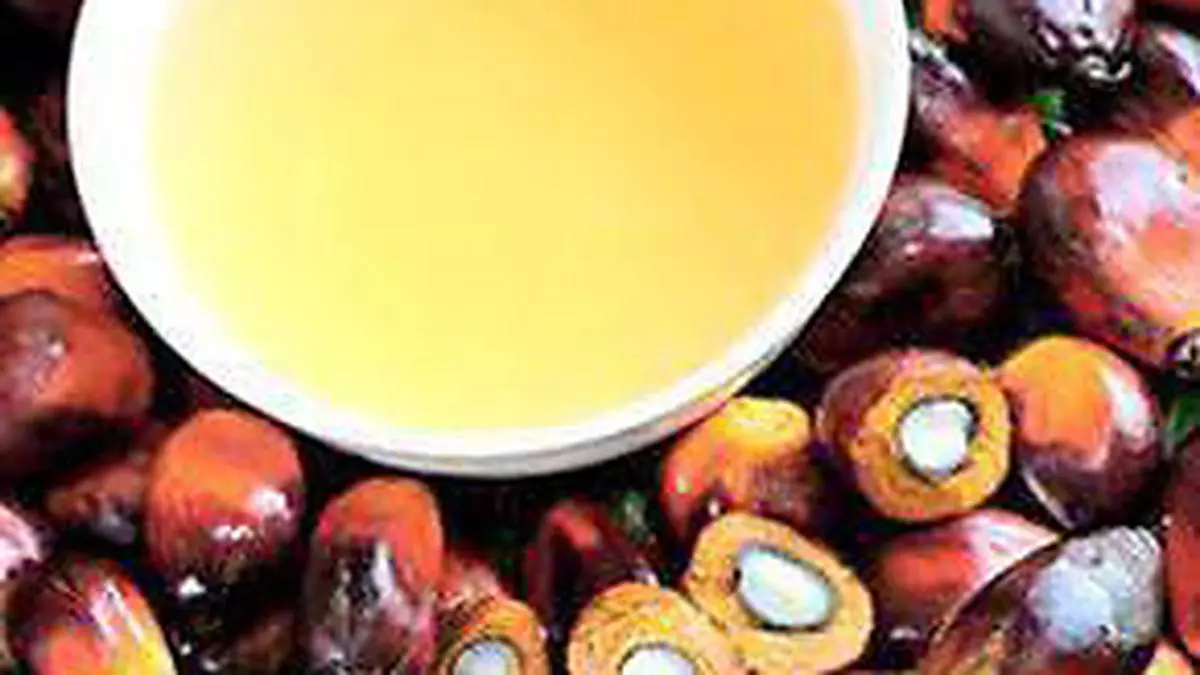Large soyabean crop, weak soft oil price may keep palm oil prices on leash
Any gain in palm oil prices will likely be capped by hopes of a large soyabean crop, weaker soft oil prices and muted demand in China. However, biodiesel policies to include palm oil by producing nations such as Malaysia and Indonesia could prevent any sharp fall in its prices, analysts said.
“In the short term, we consider palm oil prices to be capped in light of price trends in the wider edible oils complex, expectations for large soyabean harvests in major producers and weak demand in China,” said research agency BMI, a unit of Fitch Solutions.
“Palm oil prices in 2024 will stabilise due to its increased use in biodiesel and mandate for increasing its use. Many countries are working on green energy. So, I don’t see any big dip in palm oil prices,” said Abdul Hameed, Director (Sales), Manzoor Trading in Lahore, Pakistan.
The Food and Agriculture Organisation’s Oilseeds outlook said international palm oil prices increased moderately in January, primarily underpinned by seasonally lower production in major producing countries and concerns over unfavourable weather conditions in Malaysia.
Price forecast
“As for vegetable oils, the steadiness in the price index reflected the combined effects of higher global palm and sunflower seed oil prices offsetting lower soy and rapeseed oil quotations,” the UN arm’s outlook said.
Palm oil prices, which firmed up since September 2023, have increased by 8 per cent since the start of 2024. On Wednesday, benchmark palm oil contract for delivery in May on the Bursa Malaysia Derivatives Exchange ended at Malaysian ringgit (MYR) 3,907 ($819.59) a tonne.
“We have made an upward revision to our forecast for the average price of Bursa Malaysia-listed third-month palm oil futures contracts in 2024, from MYR 3,515 per tonne to MYR 3,750,” said BMI.
Hameed projected palm oil to rule between an average of MYR 4,000 and MYR 4,500 a tonne throughout the year.
El Nino impact
One reason for BMI to peg a lower price for palm is that it sees a subdued impact of the El Nino weather phenomenon, which is expected to end by June 2024, on oil palm plantations in Indonesia and Malaysia.
The research agency said palm oil prices have more or less traded within 5 per cent of MYR 3,851 per tonne (+/- MYR193 per tonne) since mid-2022. “Our revised forecast, however, does still point to a softening of prices from their current levels through 2024, with palm contracts having traded at an average level of MYR 3,830 per tonne through 2024 up to February 14, 2024,” it said.
Hameed justified his higher projection saying Indonesia is preparing a 100 per cent biodiesel plan. “It is not interested in export and is happy to consume the oil in the domestic market. This will mean importers need to worry about palm oil supply,” he said.
According to the US Department of Agriculture, vegoil production this season to October is estimated at 222.83 million tonnes (217.67 mt last season). Imports will be 84.47 mt (83.35 mt), exports 89.60 mt (88.33 mt) and domestic consumption 217.98 mt (210.39 mt). Higher domestic offtake will lead to a drop in ending stocks to 31.13 mt (31.41 mt).
La Nina to support output
BMI said the emergence of La Nina later this year could affect the market sentiment. La Nina weather will support oil palm cultivation but export growth in Indonesia and Malaysia could decelerate due to their biodiesel commitments.
The research agency said the global palm oil market will see a surplus of 2 mt in the current season, a three-year low. However, the surplus will increase in the medium term, rising to 2.5 mt in 2024-25 season.
From 2024-25 onwards, the average annual palm oil prices will witness a decline, BMI said. “Risk factors to our outlook include the development of biodiesel policies, the evolution of alternative edible oils prices, and sustainable production efforts,” it said.
